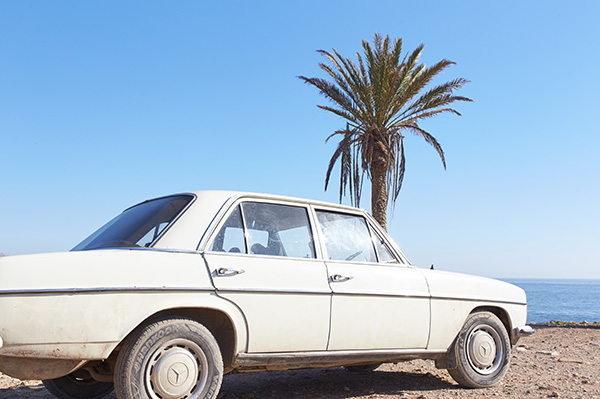
The Mercedes-Benz W123 has earned its place in automotive history as one of the most durable and well-engineered vehicles ever built. Produced from 1976 to 1985, the W123 was a favorite among professionals, families, and even taxi drivers around the world. But as legendary as its reliability was, Mercedes eventually came to view this model’s near-indestructibility as a business problem.
How could building one of the best cars ever become something to regret? The answer lies in the balance between engineering excellence and commercial sustainability.
What Made the W123 So Durable
From the beginning, the W123 was built to last. Mercedes used robust materials, over-engineered components, and meticulous design standards that went beyond what most automakers would consider economically reasonable. The engines were built with longevity in mind, the suspension was designed for stability and comfort, and the overall construction made the car feel solid and secure.
Some of these vehicles are still on the road today with over half a million miles, often on the original drivetrain. In many parts of the world, especially in Africa and the Middle East, W123s are still used as daily drivers decades after their production ended.
The Impact on Mercedes-Benz's Bottom Line
As owners quickly realized how reliable the W123 was, they had less incentive to buy another vehicle. The demand for replacements dropped, which impacted new car sales. Mercedes had created a product so good that it reduced the need for repeat business.
This reliability was a double-edged sword. While it boosted the brand's reputation for quality, it didn’t help long-term profitability. Fewer breakdowns also meant fewer service visits and less revenue for dealerships in parts and labor.
In short, Mercedes unintentionally created a vehicle that disrupted its own sales model.
A Shift in Strategy After the W123
After the W123 era, Mercedes-Benz began adjusting its design philosophy. The focus shifted slightly from longevity at all costs to achieving a more balanced approach between durability, performance, comfort, and cost-efficiency.
Subsequent models like the W124 and W201 were still well-built but featured more electronics, cost-saving materials, and design strategies that aligned more closely with market realities. The brand continued to emphasize quality, but not to the near-invincible degree of the W123.
This shift allowed Mercedes to maintain its prestige while also keeping up with changing consumer expectations and competitive pressures.
The Cult Following of the W123
Despite the strategic shift, the W123 has only grown in popularity among car enthusiasts. Many appreciate the analog driving feel, mechanical simplicity, and robust design. These cars are relatively easy to maintain, and parts availability remains decent thanks to strong aftermarket support.
The W123 is especially loved by DIY mechanics and collectors who want a vehicle that reflects an era when engineering often took priority over profit margins. Classic car fans consider it one of the most accessible and reliable vintage cars you can own.
Is It Still a Smart Buy Today
If you’re considering owning a W123 today, it can still be a fantastic vehicle if well-maintained. Most of these cars are now between 40 and 50 years old, so some age-related issues like rust, worn suspension components, and aging electronics are to be expected.
However, the engine and drivetrain often remain incredibly strong, especially on diesel models. If you find one that’s been cared for, it’s likely to offer many more years of service with the right upkeep.
Preserve or Restore a W123 at Chicane Motorsport in Olathe, KS
Whether you already own a Mercedes W123 or are thinking of restoring one, we can help you keep this legendary car in peak condition. Our technicians understand the unique construction and service needs of these timeless vehicles and are here to support you with expert diagnostics, parts sourcing, and repairs.
Call Chicane Motorsport in Olathe, KS, to schedule service or restoration work on your Mercedes W123 and keep a piece of automotive history alive.